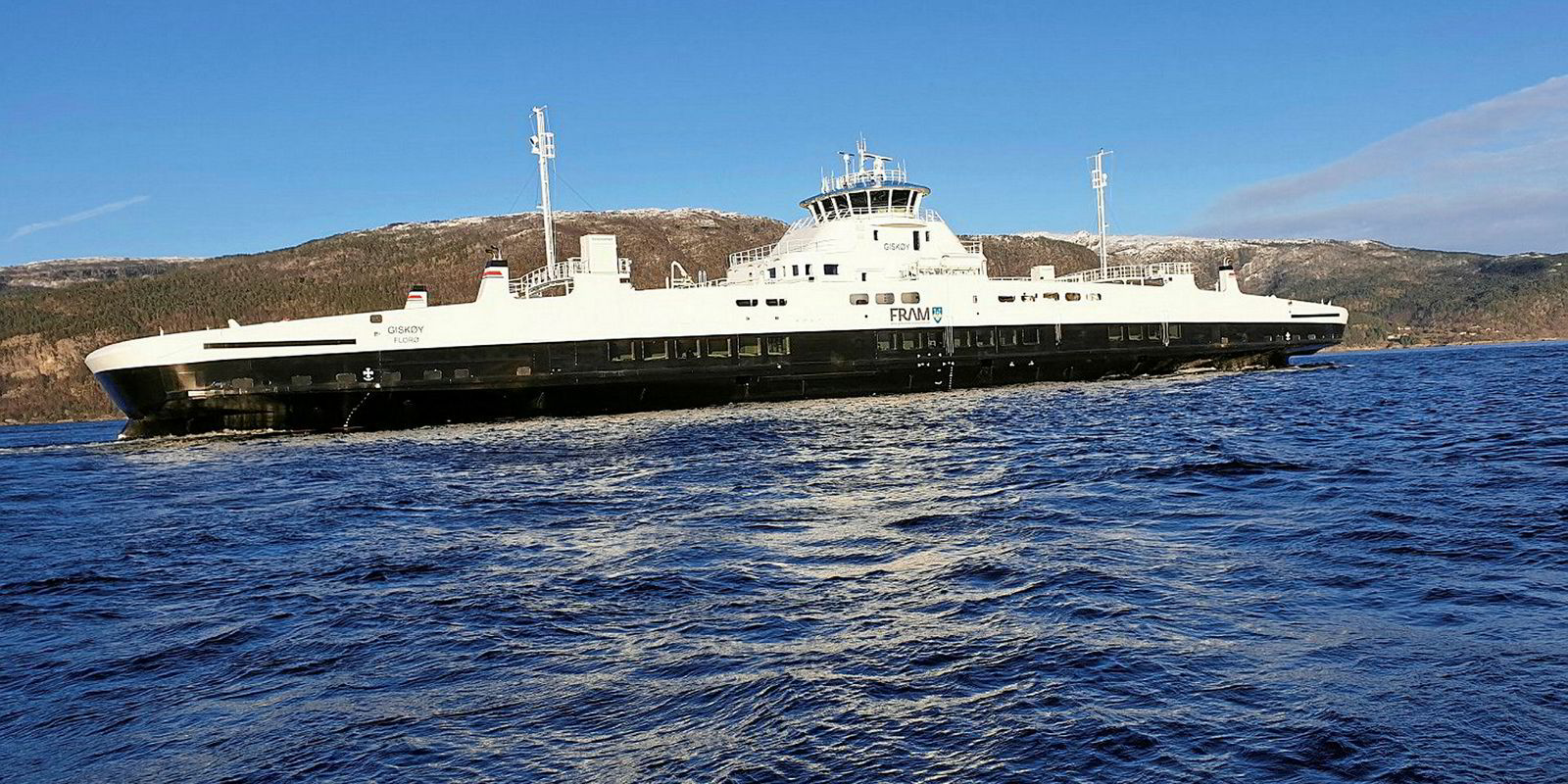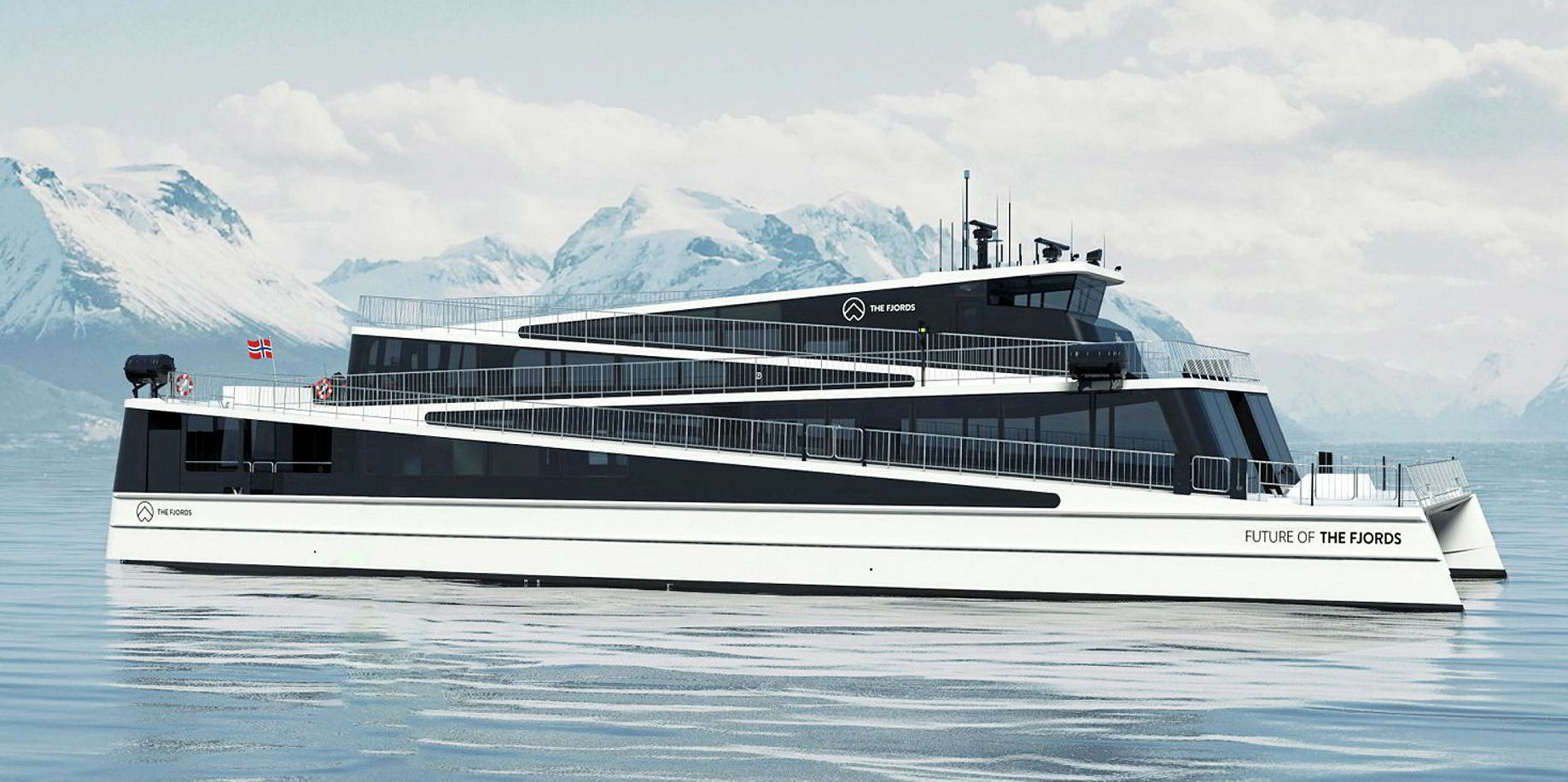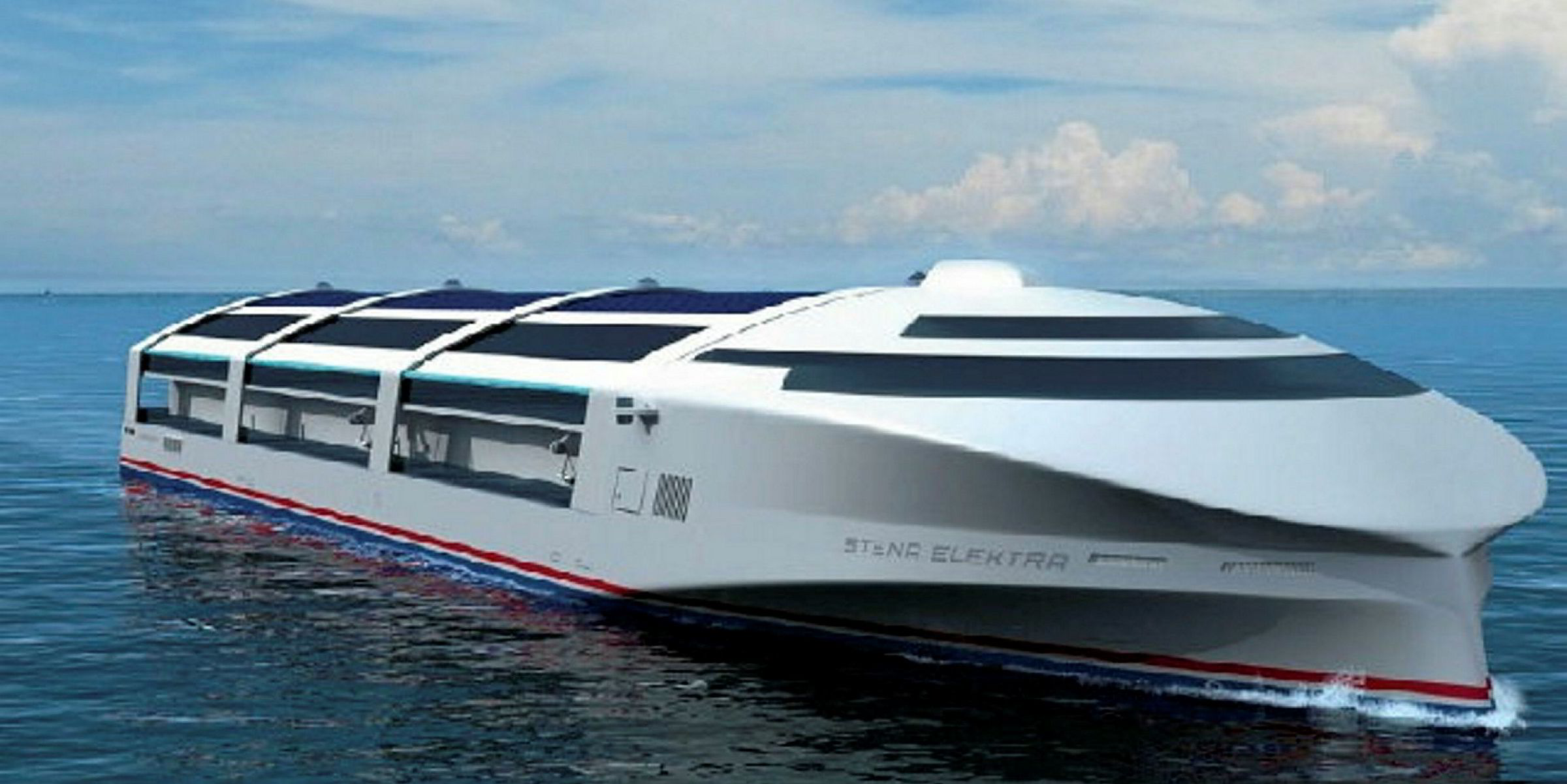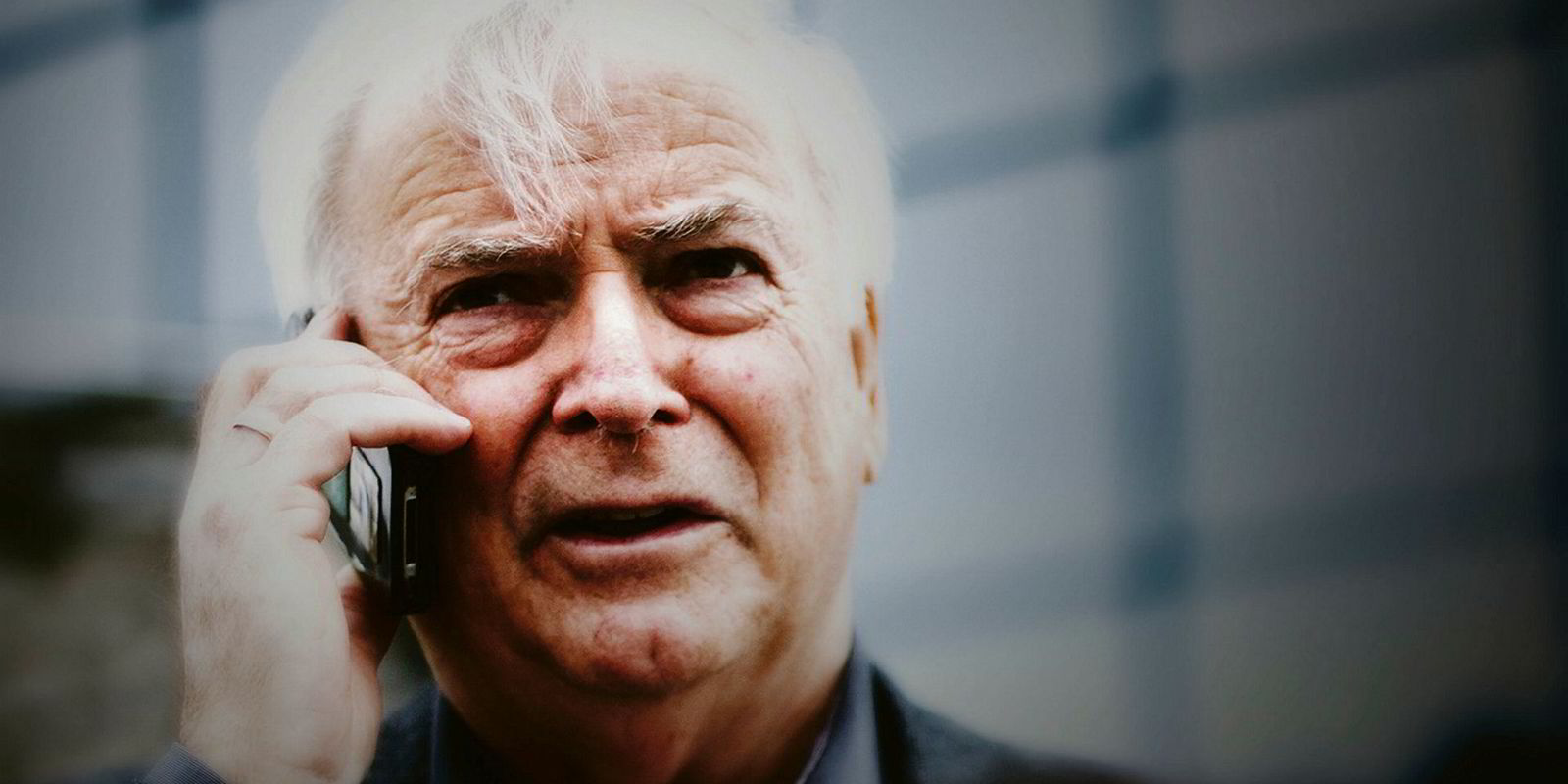Havyard is using digital modelling to optimise its battery-powered ferries' energy consumption in line with real-life operational conditions.
Fosnavaag-based Havyard on Tuesday delivered its third battery-run ferry to transport company Fjord1, which will operate the vessel across the Sulafjord on the Hareid–Sulesund route in Norway.
The shape of the ferry's hull and other features were optimised by testing a digital model of the vessel in a "virtual test tank" of the Sulafjord, built using data on local conditions.
"Our goal has been to develop a realistic model that recreates what we see in real life, and we are constantly receiving confirmation that the modelling is in line with reality when the vessels are put into operation," said Geir Johan Bakke, cheif executive of Havyard Group.
The digital ferry model receives data on local weather conditions from a network of measurement masts and buoys in the Sulafjord.
The Norwegian Public Roads Administration has invested over NOK 100m ($11.6m) in this network, which provides readings on local wind, currents, temperature, wave height and wave length.
Battery-powered ferries crossing the Sulafjord transport 120 cars with the same energy consumption as eight or nine medium-sized electric cars, according to Havyard.
Electric vessels will reduce CO2 emissions on the Hareid–Sulesund route by about 90% or almost 8,000 tonnes of CO2 per year, compared to vessels run on traditional fuel, Havyard said.
Fjord 1 took delivery of seven new electric ferries during 2018, according to its results for last year.
Sixteen new vessels are to be delivered in 2019 and another five existing vessels will be retrofitted this year to run on electricity.






